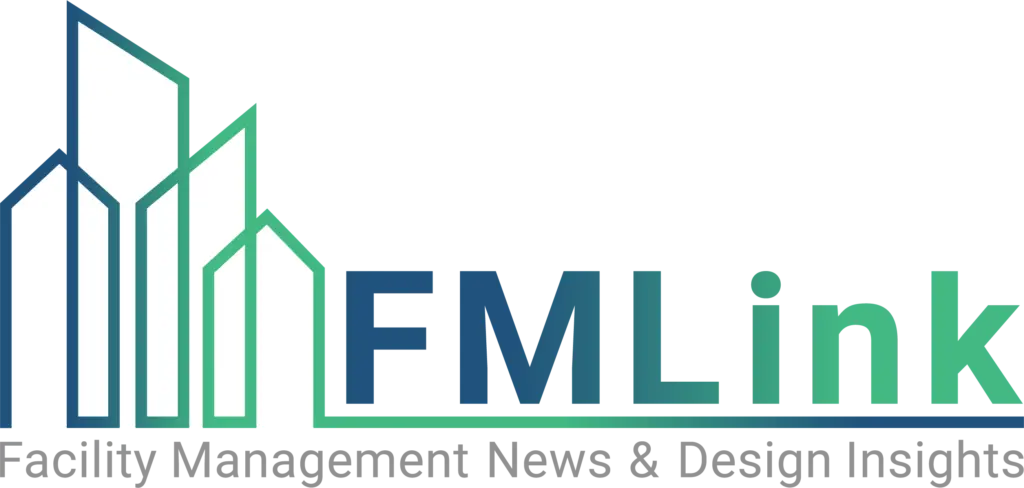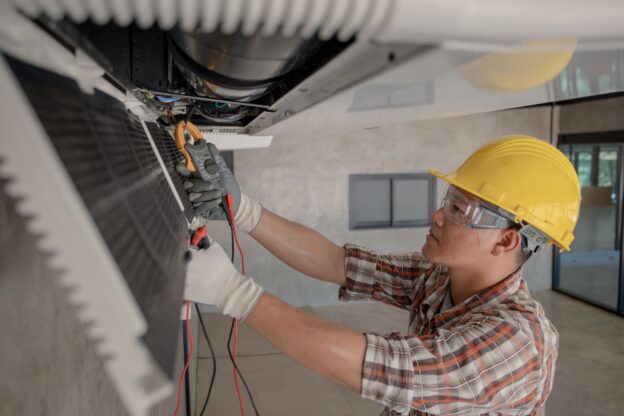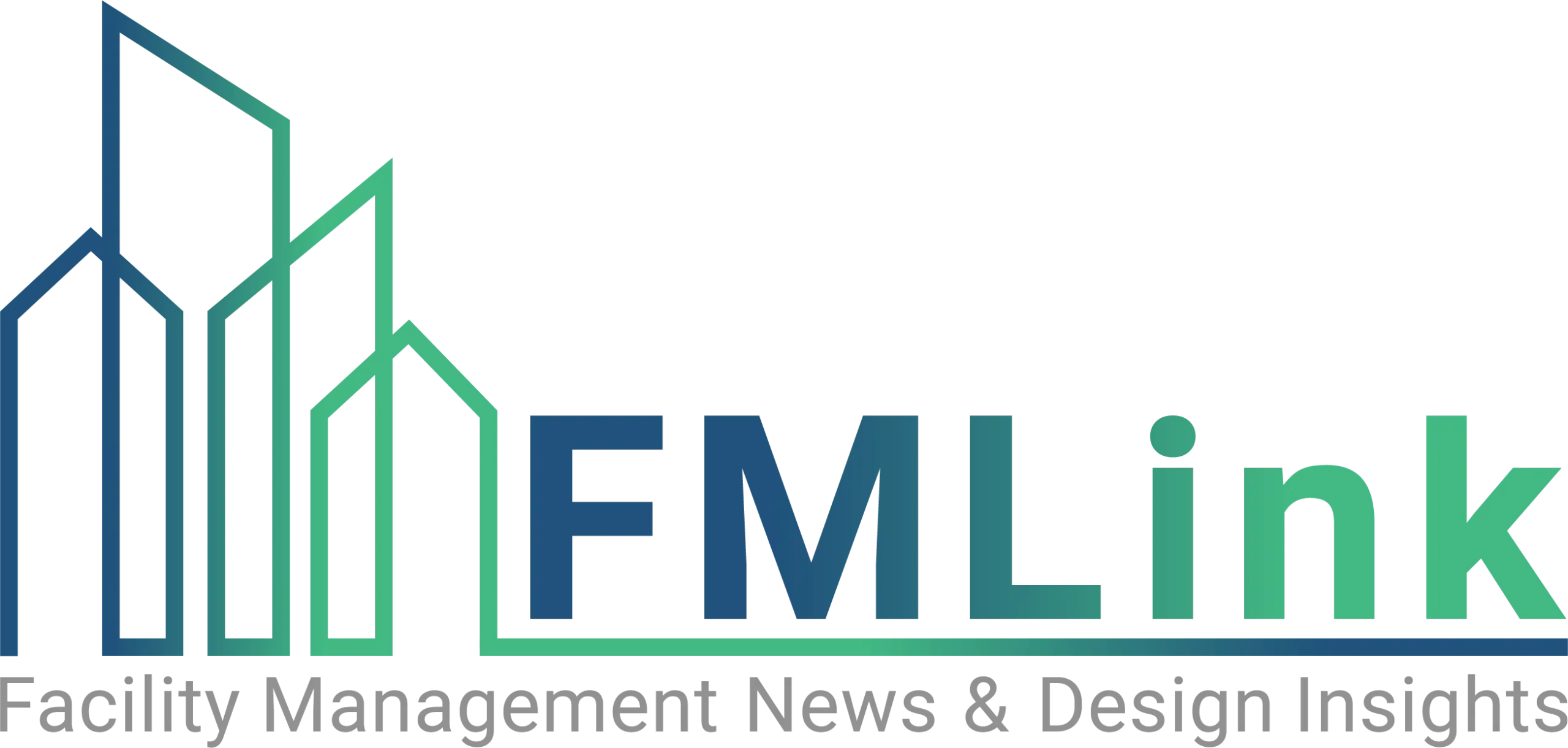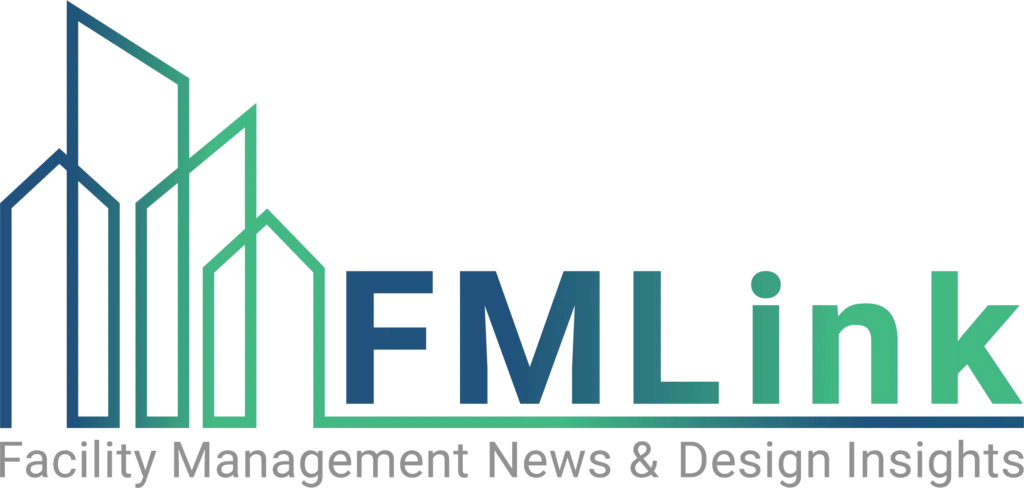April 17, 2002—The National Fire Protection Association will make two prominent consensus codes available for review online by the public. Following its scheduled August 2002 issuance, NFPA 5000, Building Code will be available along with NFPA 1, Fire Prevention Code, through NFPA’s Web site.
Free access to NFPA’s safety documents will make available safety information to people who may not use the codes in their daily work. With the convenience of hyperlinks, the public can quickly access the NFPA documents directly from an adopting jurisdiction’s site.
“Free online access will allow interested citizens to review the consensus documents whenever they like,” said NFPA President George Miller. “In addition to being a resource for information, I believe this will help us to interest and involve more people in the consensus code development process.”
NFPA 5000 is the first building code being developed through an American National Standards Institute (ANSI)-accredited process. NFPA 1 and the Uniform Fire Code (UFC), the two most widely adopted fire codes in the U.S., are being merged in 2003 to become NFPA 1, Uniform Fire Code, addressing basic fire prevention requirements necessary to establish a reasonable level of fire safety and property protection from the hazards created by fire and explosion. Both NFPA 5000 and NFPA 1 will be part of the only full set of integrated consensus-based safety codes and standards, currently being developed by NFPA and its partners, the International Association of Plumbing and Mechanical Officials (IAPMO), the American Society of Heating, Refrigerating, and Air Conditioning Engineers (ASHRAE), and the Western Fire Chiefs Association (WFCA).
All NFPA safety codes and standards are developed through an ANSI-accredited process. The 250 technical committees responsible for developing and updating all codes and standards include 6,000 volunteers, representing enforcing authorities, installation and maintenance, labor, research and testing, insurance, special experts, consumers, and other users.
Virtually every building, process, service, design, and installation in society today is affected by NFPA’s codes and standards.For more information, contact NFPA.




